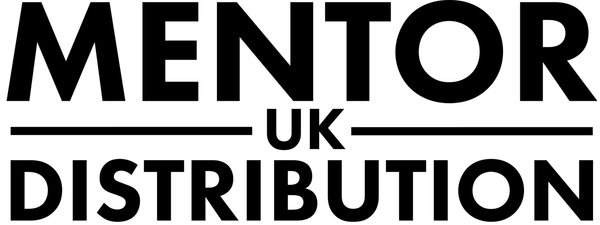In the hospitality industry, the physical space of a venue plays a significant role in influencing customer experience. Traditionally, establishments such as hotels, restaurants, bars, and nightclubs have relied on static, paper-based signage to communicate with their patrons. However, the rise of digital technologies is significantly transforming the way these businesses engage with their customers.
The transition from conventional poster boards to dynamic digital displays is driven by the inherent limitations of paper signage. Factors like manual wear-and-tear, outdated information, and susceptibility to elements made paper-based methods less reliable. Enter digital signage - a game-changer that offers versatility, real-time updates, and enhanced customer engagement.
The Power of Digital Displays
Digital signage solutions, particularly commercial dvLED and LCD screens, have ushered in a new era of communication for the hospitality sector. With advancements in these technologies, establishments can now:
- Set up self-service kiosk screens for efficient customer service.
- Use digital menu boards at drive-through or counters.
- Create immersive video walls.
- Install indoor and outdoor display panels.
- Organize events with large-screen displays, enhancing experiences like conferences or quiz nights.
One of the most significant advantages of digital signage is its ability to transform any wall space into an interactive and informative platform. Businesses can showcase a plethora of content, from promotional campaigns and social media challenges to instant travel updates and upcoming specials. The dynamic nature of these displays ensures real-time content updates, eliminating the need for manual intervention.
Projection: Beyond Traditional Boundaries
Another exciting development in the hospitality sector is the use of projection technologies. The surfaces within hospitality venues, both interior and exterior, offer a vast canvas for projected images. Modern projectors, especially laser projectors, provide brighter, quieter, and longer-lasting solutions compared to their traditional lamp-based counterparts. They are also easier to maintain, making them a smarter choice for businesses.
Projection mapping is an innovative technique that leverages laser projectors to display colors, images, videos, and even 3D content onto irregular surfaces. This technology allows businesses to:
- Project branded content onto any wall.
- Alter the texture of surfaces.
- Broadcast events for customer entertainment.
- Shade spaces with color projections.
- Seamlessly combine multiple projected images.
Considerations Before Adopting Digital Signage
Before diving into the world of digital signage, businesses need to consider several factors:
- Cost: Beyond the initial investment, consider long-term expenses like maintenance, repairs, installation, and energy costs.
- Warranty: Opt for longer warranty terms to ensure protection against unforeseen issues.
- Durability: Depending on the placement (indoor or outdoor), the signage must withstand environmental factors like heat, water, and glare.
- Purpose & Surfaces: Determine the content type and the surfaces or mounts required.
- Run Times: Evaluate the operational hours of the signage.
- Establishment's Capacity: Ensure that the infrastructure and workflows can handle the changes brought about by the new signage.
The Future is Digital
Digital display technologies offer numerous benefits to hospitality venues:
- Create a welcoming ambiance.
- Highlight special features, events, and promotions.
- Deliver real-time content updates.
- Enhance customer engagement and dwell time.
- Streamline ordering experiences.
- Increase revenue through interactive events.
With the unique capabilities of digital signage, hospitality businesses can elevate everyday content into engaging and extraordinary experiences.

